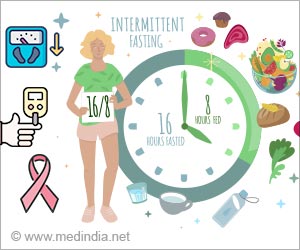A fourth of the fish for sale in New York City markets and sushi restaurants is mislabeled, a study launched by two high school students has found.
A study launched by two high school students has found that one fourth of the fish for sale in New York City markets and sushi restaurants is mislabeled.
Cheap fish masquerading as fancy and endangered species disguised as eco-friendly have both been busted by the enterprising young scientists and a new technique called DNA bar coding, the New York Times said Friday.Kate Stoeckle, 19, and Louisa Strauss, 18, collected 60 samples of seafood from four restaurants and ten stores in Manhattan, preserved them in alcohol and sent them to the University of Guelph in Ontario, Canada for genetic analysis.
Stoeckle's father Mark Stoeckle is an expert on birds and a proponent of DNA bar coding, a field developed since 2003, in which scientists use a single gene to identify a species rather than the entire genome, the daily said.
One evening, over dinner at a sushi restaurant, Stoeckle asked her father if the technique could be used on sushi, and a high school science project was born.
In Canada, Guelph graduate student Eugene Wong compared the DNA of the samples the young women sent him to a global library of 30,562 "bar codes" representing nearly 5,500 fish species, the Times said.
The DNA revealed that two of the four restaurants and six of the 10 grocery stores mislabelled their fish, the Times said.
Advertisement
"This not only raises concerns of consumer fraud, but also public health," said Hanner, also associate director for the Canadian Barcode of Life Network, in a statement on the University of Guelph website.
Advertisement
Among the findings was Mozambique tilapia, a cheap fish that is usually farm-raised, sold as pricey white tuna. Flying fish roe actually came from the humble smelt, and seven out of nine fish labelled "red snapper" were not.
Atlantic Halibut, classified as endangered in the wild, was labelled and sold as Pacific Halibut, a species labelled a "best choice" for human consumption by environmentalists, the University of Guelph statement said.
"Consumers may think they are doing the right thing for the environment by buying a certain type of fish that is eco-friendly when really they could actually still be buying exploited species," Hanner stressed.
Researchers have been working to identify and catalogue species from around the world using barcode technology and so far, more than 5,000 of the approximate 30,000 species of fish have been barcoded, the statement said.
The study will be published next week in the journal of Food Research International, the University of Guelph statement said.
Source-AFP
RAS/M








